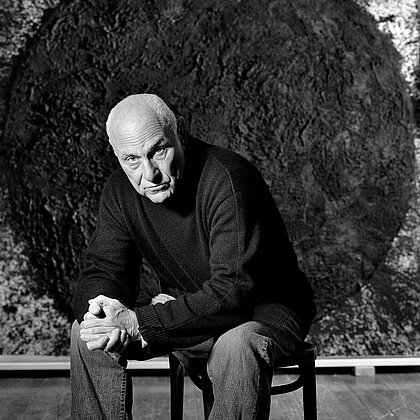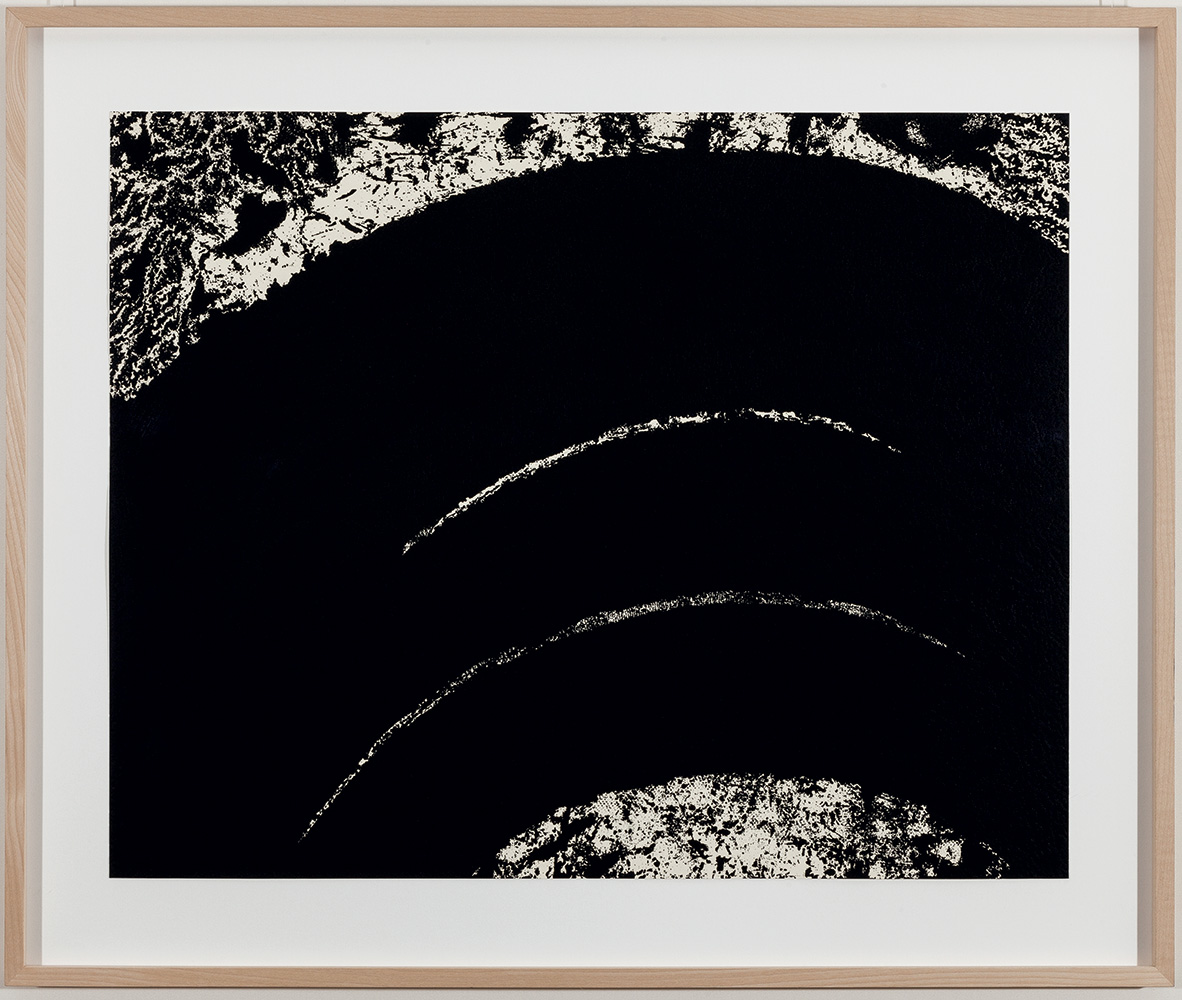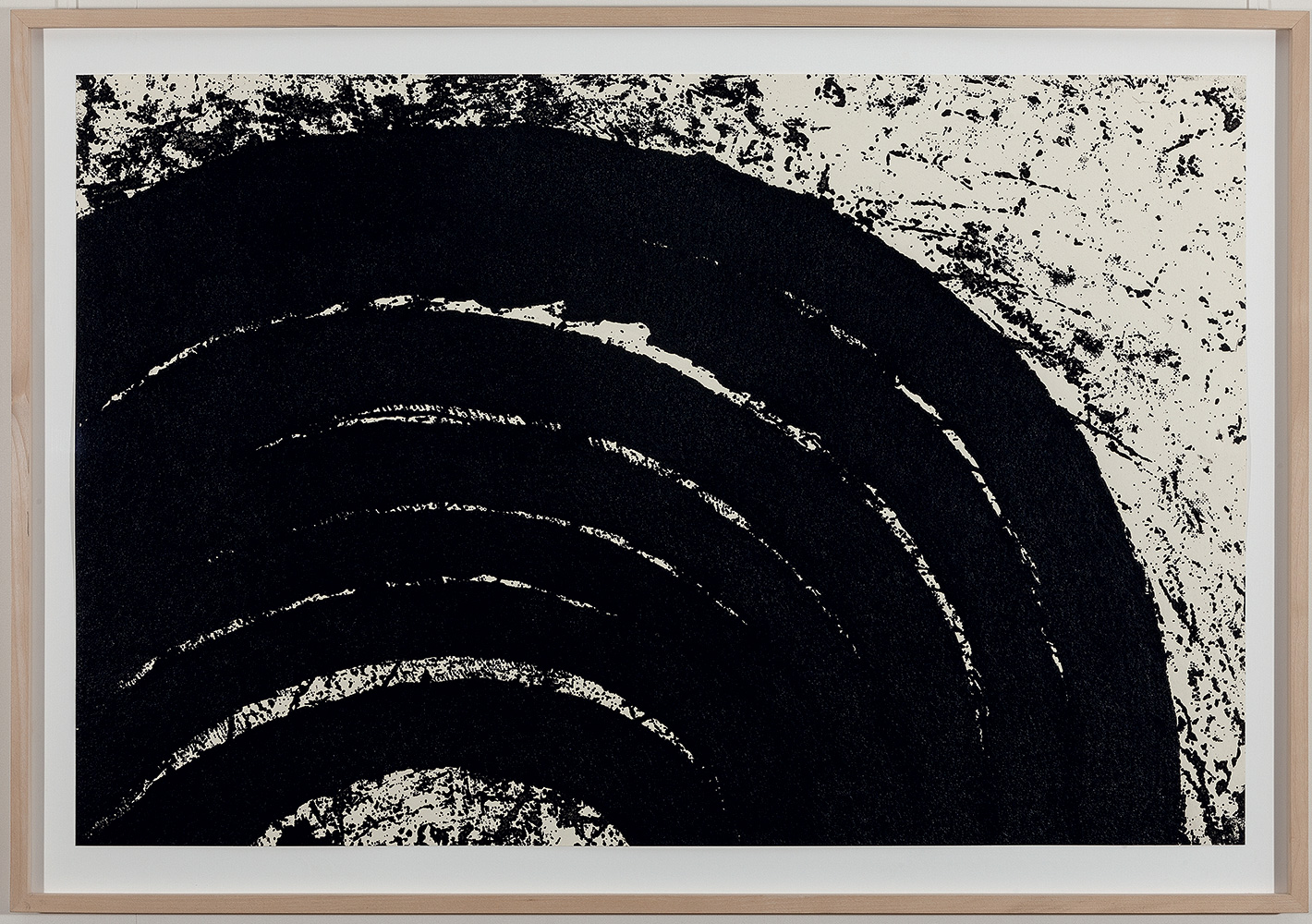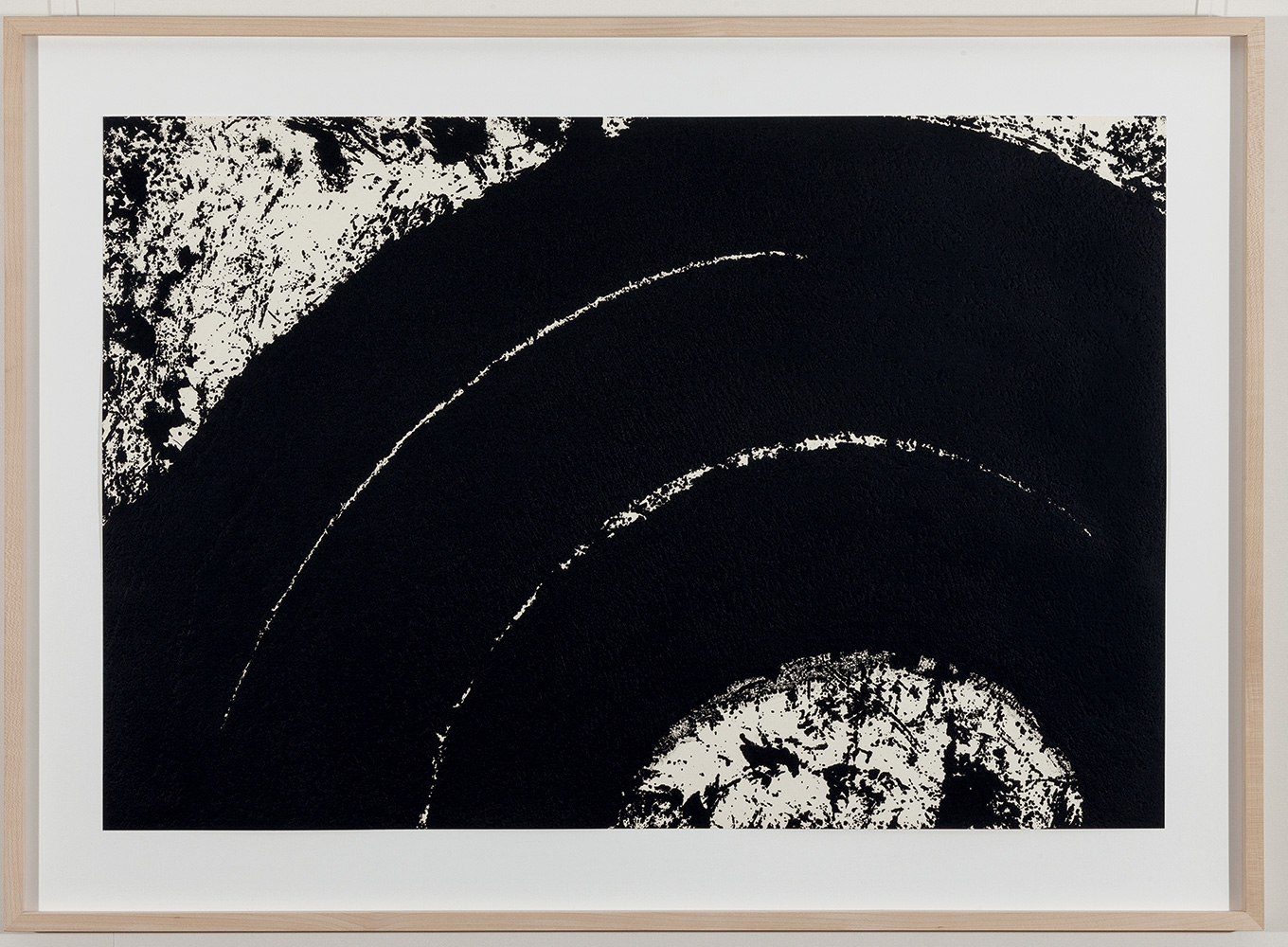United States
Richard Serra

Biography
Richard Serra est né en 1938 à San Francisco. Il étudie d’abord la littérature anglaise, travaillant parallèlement dans une aciérie pour financer ses études. En 1964, il obtient une maîtrise de peinture à l’université de Yale. À la fin des années 1960, il voyage à Paris et à Florence, en Europe du Sud et en Afrique du Nord, au gré de plusieurs bourses. Il fait l’objet de ses premières expositions individuelles à la galerie La Salita, à Rome, en 1966, puis à la galerie Leo Castelli, à New York, en 1969.
Dans son cercle d’amis figurent alors Carl Andre, Walter De Maria, Eva Hesse, Sol LeWitt et Robert Smithson. Sa première exposition monographique muséale a lieu au Musée d’Art de Pasadena en 1970. En 1997, ses Torqued Ellipses sont acquises et exposées par le Dia Center for the Arts de New York. En 2005, huit œuvres majeures sont installées en permanence au musée Guggenheim de Bilbao. En 2007, le MoMA de New York organise une rétrospective majeure de son œuvre. Richard Serra a participé à plusieurs Documenta ainsi qu’à plusieurs Biennales de Venise, et a exposé dans les plus prestigieuses manifestations artistiques du monde entier. Il vit à New York et en Nouvelle-Écosse.

About the artworks
Auteur de sculptures en acier de grande taille, conçues pour leur site, installées dans des environnements architecturaux, urbains ou ruraux du monde entier, Richard Serra est généralement considéré comme l’un des sculpteurs les plus influents de la fin du 20e siècle. Son œuvre a joué un rôle majeur dans le développement de la tradition de l’abstraction moderne dans la continuité du minimalisme, suscitant une attention nouvelle et accrue aux potentialités de la sculpture, procurant au spectateur une expérience physique et visuelle à la fois. Ses arcs, spirales et ellipses monumentaux introduisent le spectateur dans une expérience modifiée de l’espace.
Homme de la Renaissance doté d’une personnalité puissante, l’intérêt de Serra pour la peinture, la sculpture, la musique, la danse, le cinéma, la performance et l’installation a influencé des générations entières d’artistes tout au long de sa carrière. Son Tilted Arc, arc légèrement courbé de 3,5 mètres de hauteur, en acier doux oxydé, installé en 1981 sur Federal Plaza, à New York, a propulsé le débat sur l’art contemporain sur le devant de la scène, montrant combien il est difficile d’ignorer l’art de Serra.
Richard Serra réalise ses premières sculptures en 1966 au moyen de matériaux non traditionnels, tels que la fibre de verre et le caoutchouc. De 1968 à 1970, il réalise sa série Splash, pour laquelle il projette ou coule du plomb fondu à la jonction du sol et du mur. Il avait commencé en 1969 ses pièces Prop, dont les éléments n’étaient ni soudés ni attachés, mais seulement posés en équilibre aux seules forces du poids et de la gravité. Il réalise le premier de ses nombreux courts-métrages en 1968, avant de mener des expériences dans le domaine de la vidéo au début des années 1970. Depuis 1971, Serra a produit de nombreux dessins grand format, d’abord à l’encre, au fusain et au crayon lithographique sur papier, puis surtout au bâton à l’huile, crayon gras dont l’effet rappelle celui de la cire. Ses dessins ne sont pas des études préparatoires mais suivent au contraire, étonnamment, l’achèvement d’une sculpture, comme une forme de notation de ses relations spatiales. En tant que tel, ils constituent donc des œuvres d’art autonomes.
The artworks
03
PATH AND EDGES #8, 2007
Gravure
Ed. 31/60
60 x 75 cm
PATH AND EDGES #8, 2007
Gravure
Ed. 31/60
60 x 75 cm

PATH AND EDGES #2, 2007
Gravure
Ed. 31/60
65 x 100 cm
PATH AND EDGES #2, 2007
Gravure
Ed. 31/60
65 x 100 cm

PATH AND EDGES #13, 2007
Gravure
Ed. 31/60
60 x 90 cm
PATH AND EDGES #13, 2007
Gravure
Ed. 31/60
60 x 90 cm